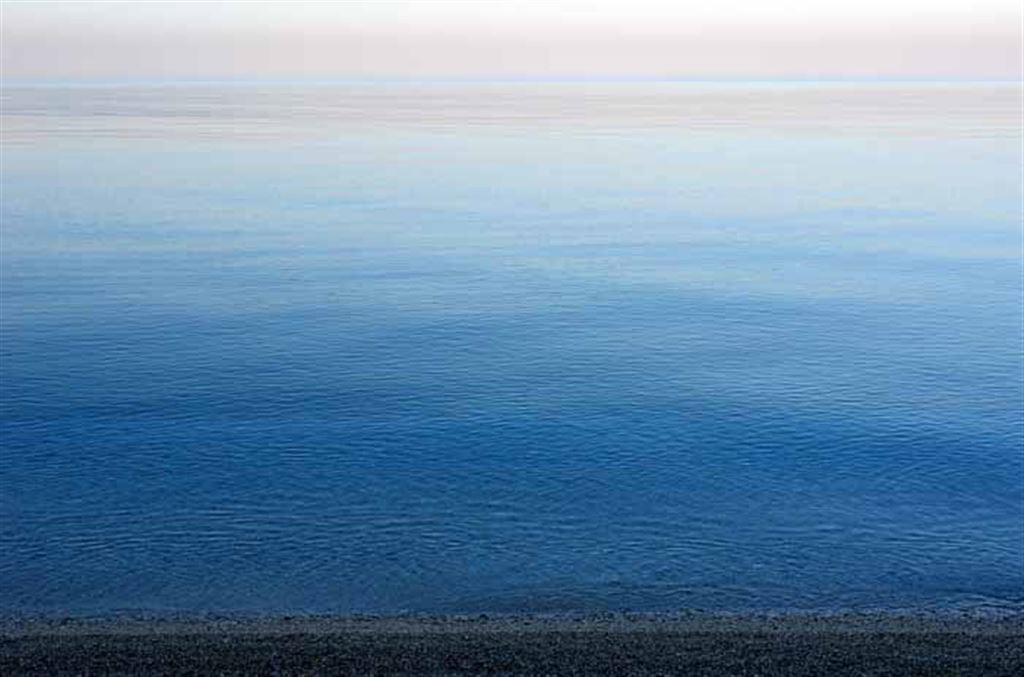Browsing through the pictures of almost any photography site, one notices an abundance of images where the scenery is tilted. It is especially visible with images containing large bodies of water, such as bays, lakes, or seas. It might be worth mentioning that such images usually lose much of their attractiveness, since the viewers know that water levels naturally are not other than horizontal.
Many people new to photography do not think much about this, and often leave the horizons or water levels tilted. Well, they shouldn’t, as it visually devalues what otherwise might have been a very nice picture.
Water level and horizon are always horizontal, even if your landscape is jagged by steep hills or an urban skyline. If a bottle is held at an angle, the liquid within will reveal the real relations even if that bottle was presented vertical in the picture. A glass of water on a table will show if the table is set level or not.
When you look at some landscape image of a coast, there might be some palms, pillars or other objects around, and you subconsciously compare those elements with the horizontality of the water, knowing that the water can’t be anything but level. Thus you will be able to guess at the proper positions of other objects, and appreciate their setting. This water horizontality is one among the several psycho-visual supports which we use in our everyday orientation. We actually know of horizontality because of the way water behaves!
If the image contains a streetlight pillar and one pictures it vertical leaving the water at an angle, it will not change our sense, as we know that pillars can be posted at any angle, but water can’t. So, whatever the image content, try and correct the water or horizon level first. The image will appear much more “normal”.
There are some exceptions, like always.
You might say, water can be angled if it is frozen. True, but then it will be visible as ice; aggregate state of water has been changed, along with its name! It behaves differently, since it is not liquid any more. But if you take a picture from the boat rolling through the heavy waves, or perhaps from an airplane which is turning, the tilted water level will take on another meaning. It will then denote an unstable standpoint, and quite intentionally, reveal your point of view. This can add to the picture dynamics, and in such cases it will be psycho-visually acceptable. Of course, running waters, like waterfalls, rapids and such will also be exempt from the fact, as their angle actually makes the water run (seeking its normal, horizontal equilibrium).
Other than this, the viewers will almost always automatically assume that the photographer and the camera were stabile and stationary on terra firma, and tilted horizon will not be self-explainable.
So, prior to publishing an image that has been tilted (and it’s very easy to take tilted pics), let the levelling be the first post-processing correction you make. Since that correction involves rotation of the image, some parts along the rim will be somewhat reduced. All other interventions can then be done without any further loss of the frame contents, excepting, of course, the purposeful cropping that is required to better the final layout. Even then, it is better for the final crop to be made from an already straightened / leveled image.
The most common tools for image levelling are “rotate” and “perspective correction”. The latter can also be used to straighten the verticals. Both will cost you some of the image content, though, so you might take this into account when photographing: just allow a tad more content around your theme by not cropping too tightly in the camera.
Good Light!

Perfect seascape; Adriatic at dawn...
... and a bit less perfect excuse for being lazy or sloppy:
